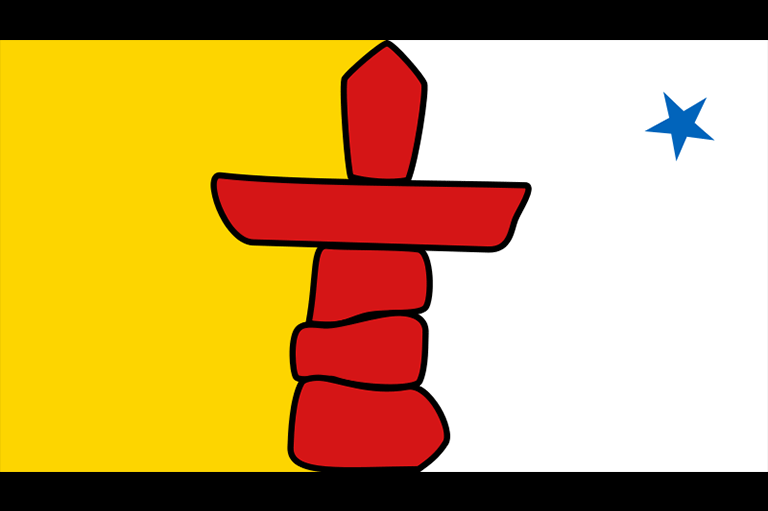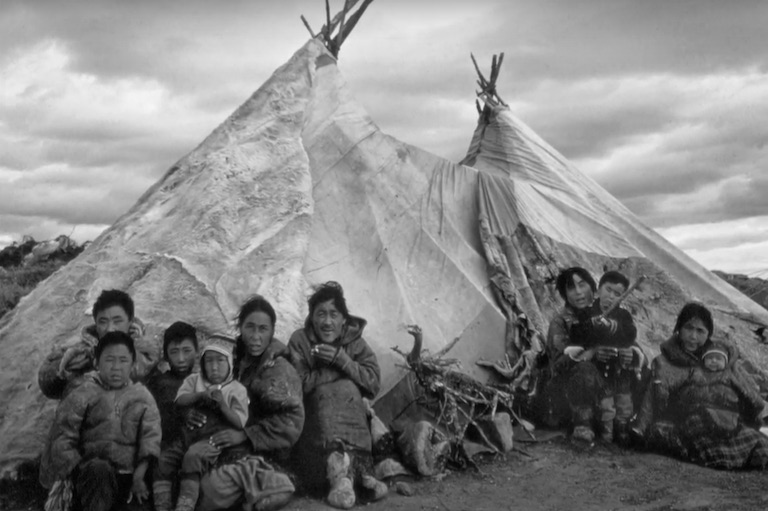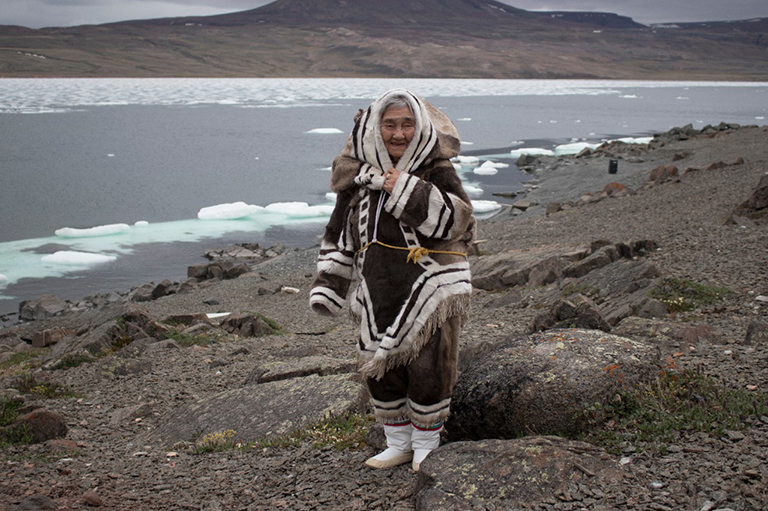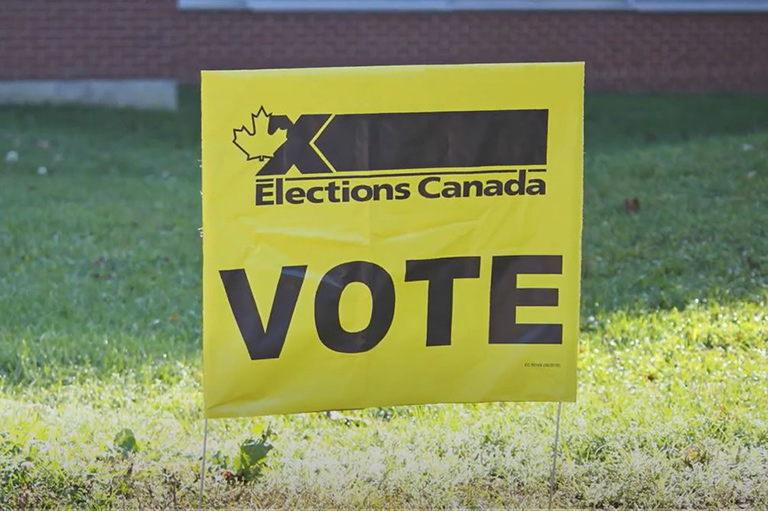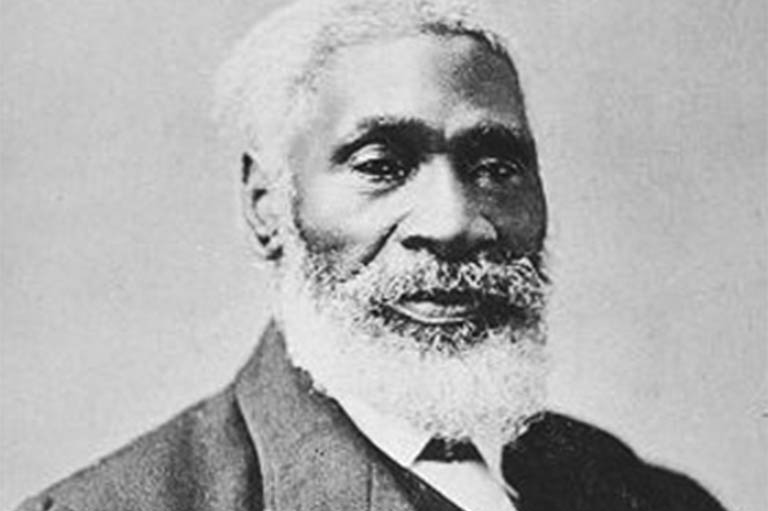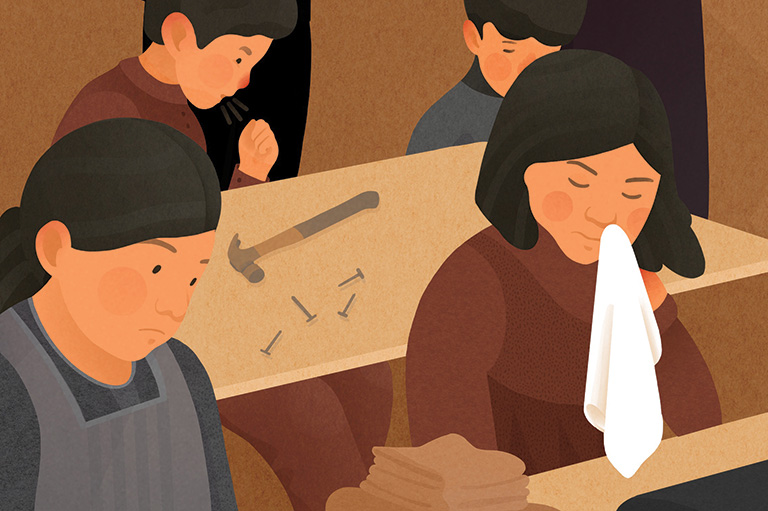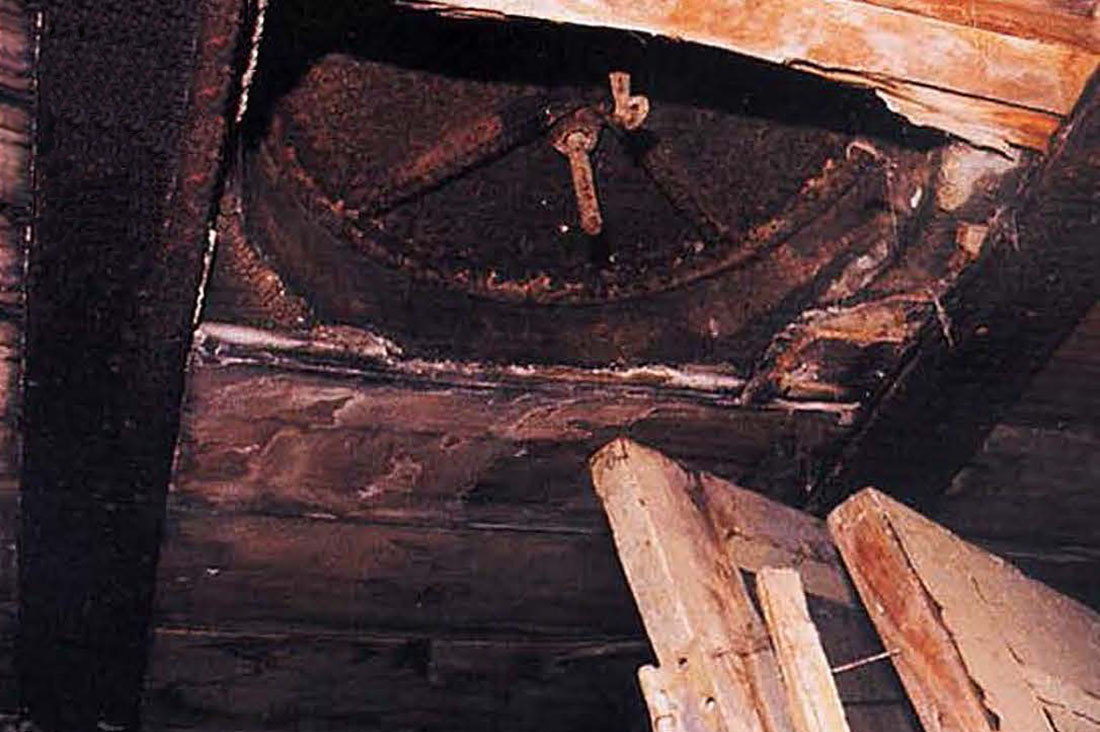Nunavut Turns 25
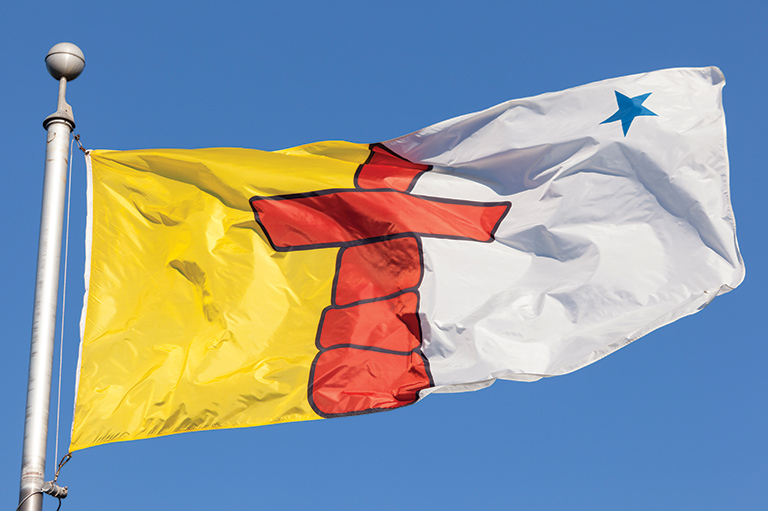
Optimism was in the air on April 1, 1999, the day Nunavut separated from the Northwest Territories and became a self-governing territory. With fireworks, music, dancing, and a host of dignitaries in attendance in the territory’s new capital of Iqaluit, it was a huge celebration.
The territory was so new that the first sitting of the legislature took place in the gymnasium of Inuksuk High School. It was there that Paul Okalik, dressed in a sealskin vest and matching boots, was sworn in as the territory’s first premier. “There was something symbolic about it,” Okalik said afterwards. “It felt like it was our time.”
Now, twenty-five years later, the Nunavut government meets in a postmodern three-storey glass-and-wood building and governs a rapidly growing population of more than forty thousand people, most of whom are Inuit.
Territorial status came six years after the signing of Canada’s largest Indigenous land-claim settlement — 2.2 million square kilometres covering one-fifth of Canada’s territory. It was no small achievement for a people who had faced near cultural extinction.
Until the end of the Second World War, most Inuit in the region lived a traditional lifestyle of hunting and trapping. Their lives were disrupted in the 1950s when global demand for furs plummeted and workers arrived to construct and run Distant Early Warning radar stations in the Arctic. Dislocation, disease, and social breakdown followed.
Today, however, Inuit lawmakers are creating a new future. As lawyer Thomas Berger stated in his report on the Nunavut Land Claims Agreement in 2006, “In a single generation, the Inuit forged a political cohesiveness previously unimagined.”
The official anniversary is known as Nunavut Day and is celebrated on July 9, the date the Nunavut Land Claims Agreement came into force.
With 7 uniquely curated newsletters to choose from, we have something for everyone.
We hope you’ll help us continue to share fascinating stories about Canada’s past by making a donation to Canada’s History Society today.
We highlight our nation’s diverse past by telling stories that illuminate the people, places, and events that unite us as Canadians, and by making those stories accessible to everyone through our free online content.
We are a registered charity that depends on contributions from readers like you to share inspiring and informative stories with students and citizens of all ages — award-winning stories written by Canada’s top historians, authors, journalists, and history enthusiasts.
Any amount helps, or better yet, start a monthly donation today. Your support makes all the difference. Thank you!
Themes associated with this article
Advertisement
Save as much as 40% off the cover price! 4 issues per year as low as $29.95. Available in print and digital. Tariff-exempt!

